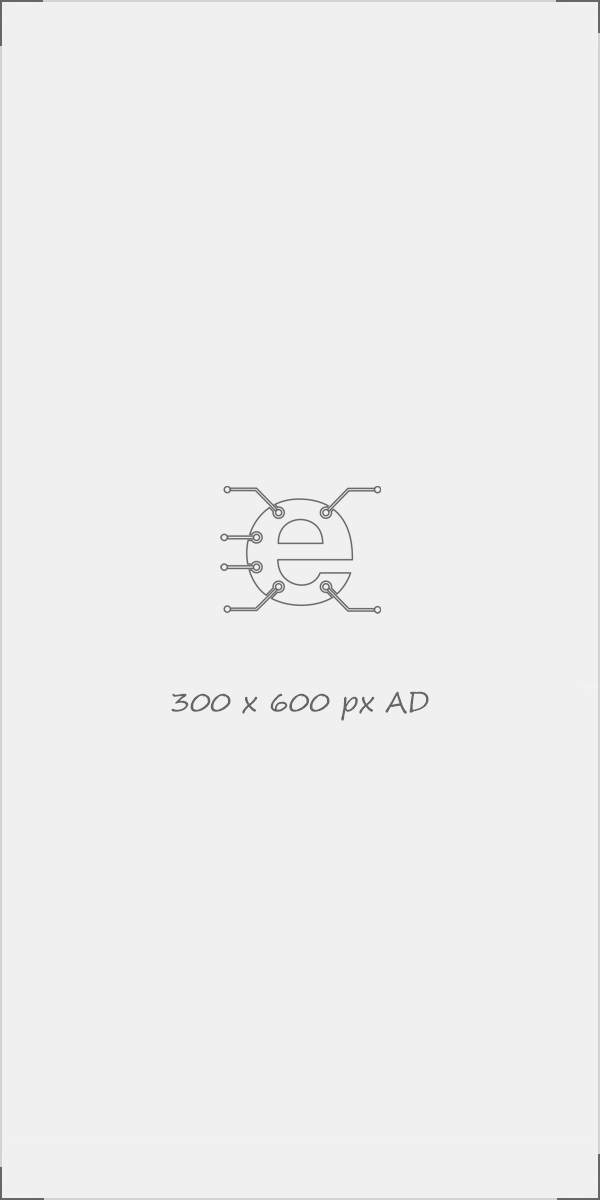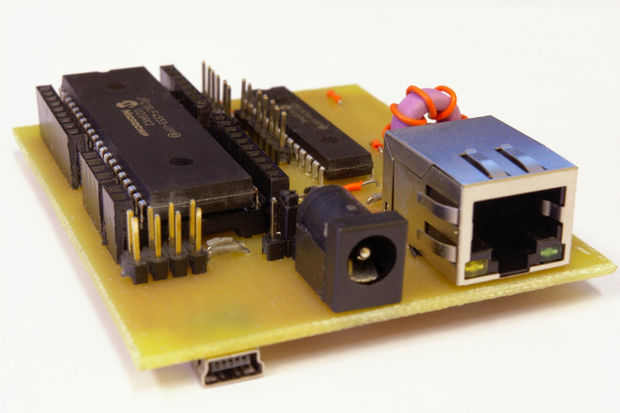
PIC18 Development Board with Ethernet and USB
by magkopian @ instructables.com: The development board is based on a PIC18LF4553 microcontroller. The microcontroller features a Full Speed USB 2.0 (12Mbit/s) interface without the need for any external components. Also, it has 32KB of program memory, 2KB of RAM and it supports an...
Continue Reading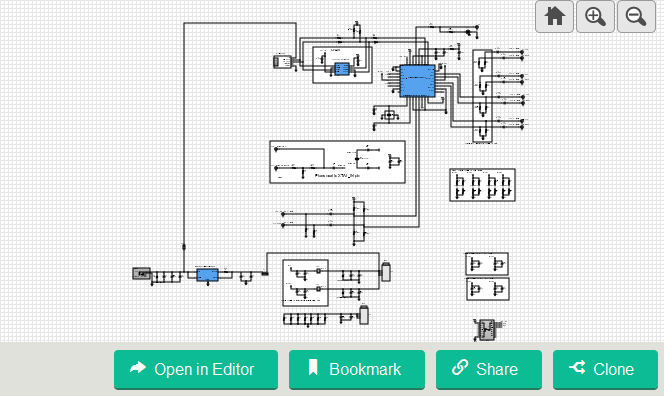
8T49N004 Programmable Femtoclock® NG with 4-outputs
This design features a fourth generation programmable femtoclock that provides reference frequencies to replace crystals and SAW oscillators in high-performance applications. It is programmable through I2C interface. It has four selectable LVPECL or LVDS via I2C while its FemtoClock...
Continue Reading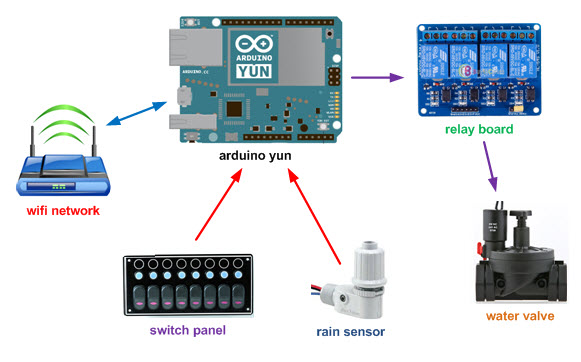
Irrighino – Arduino Yun Watering System
Irrighino is a complete watering system, based on Arduino Yun. by lucadentella.it: The main features are: a configurable number of solenoid valves an AJAX web interface a weekly schedule manual activation / deactivation Irrighino - Arduino Yun Watering System -...
Continue Reading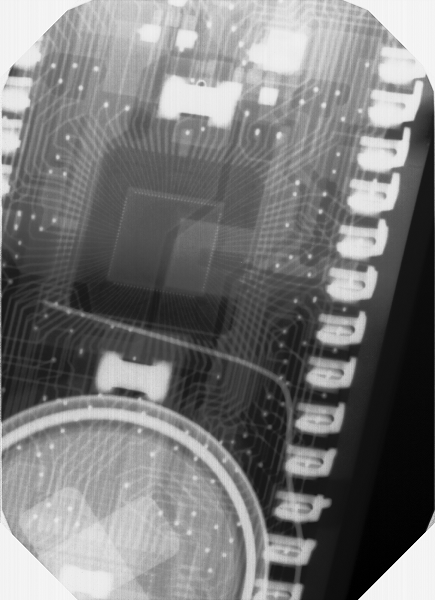
Homemade x-ray inspector reveals PCB secrets
John McMaster has written an article detailing his homemade x-ray scanner: In some previous posts I talked about getting an x-ray head working, reverse engineering an x-ray sensor, and working with LinuxCNC. In this post I put them all together so that I can take a bunch of x-ray...
Continue Reading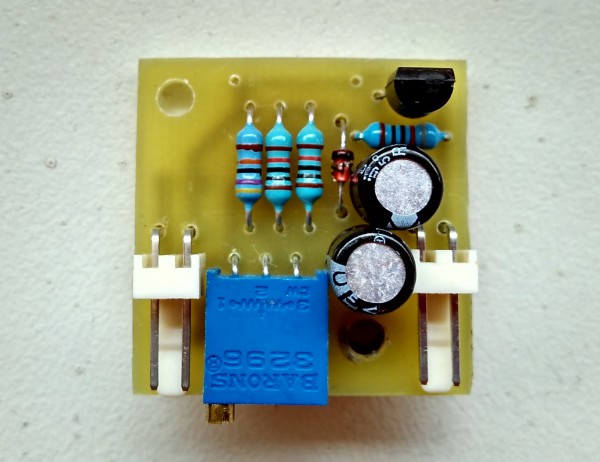
Simple and small temperature fan control
Xristost published a new project, a simple and small temperature fan control: I published this schematic long ago in this article: Adjustable power supply and since then I made some improvements in PCB to make the board as small as possible. The idea is to be easy to attach the whole...
Continue Reading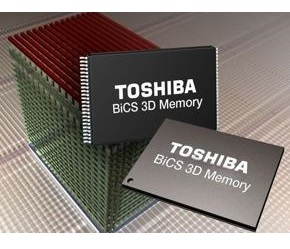
Toshiba launches 256-Gbit 48-layer 3-D NAND flash
by Susan Nordyk @ edn.com: Ready for sampling in September, Toshiba’s 48-layer BiCS (Bit Cost Scalable) flash memory stores 256 Gbits using a 3-D vertically stacked cell structure and 3-bit-per-cell triple-level cell technology. By employing this 48-layer vertical stacking process,...
Continue Reading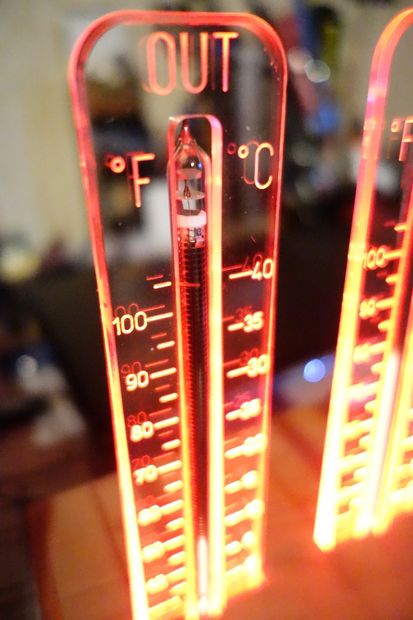
Wireless Nixie Thermometer
by christian.ich.7 @ instructables.com: The Target of this Project was to learn how to use different functions of the atmega: • Connecting two Atmegas with a wireless connection • Each Atmega has a Thermometer (DS1621) to read the actual temperature • Use the sleep Mode...
Continue Reading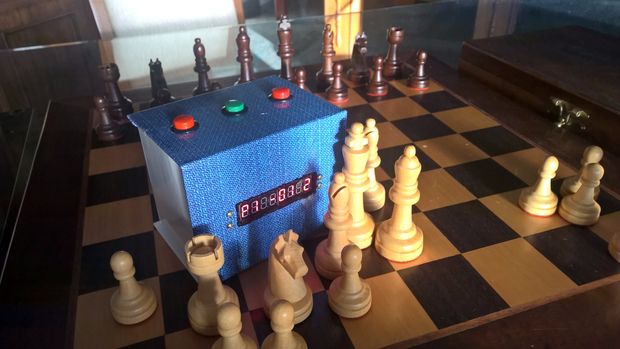
Arduino Chess Clock
by benhur.goncalves @ instructables.com: Hey folks! After making an Arduino smartwatch just last week, I received many complaints,or tips, to use a RTC (real-time clock) module. That's because the Arduino timer is not very precise, it can lose a couple a minutes along a full work...
Continue Reading










